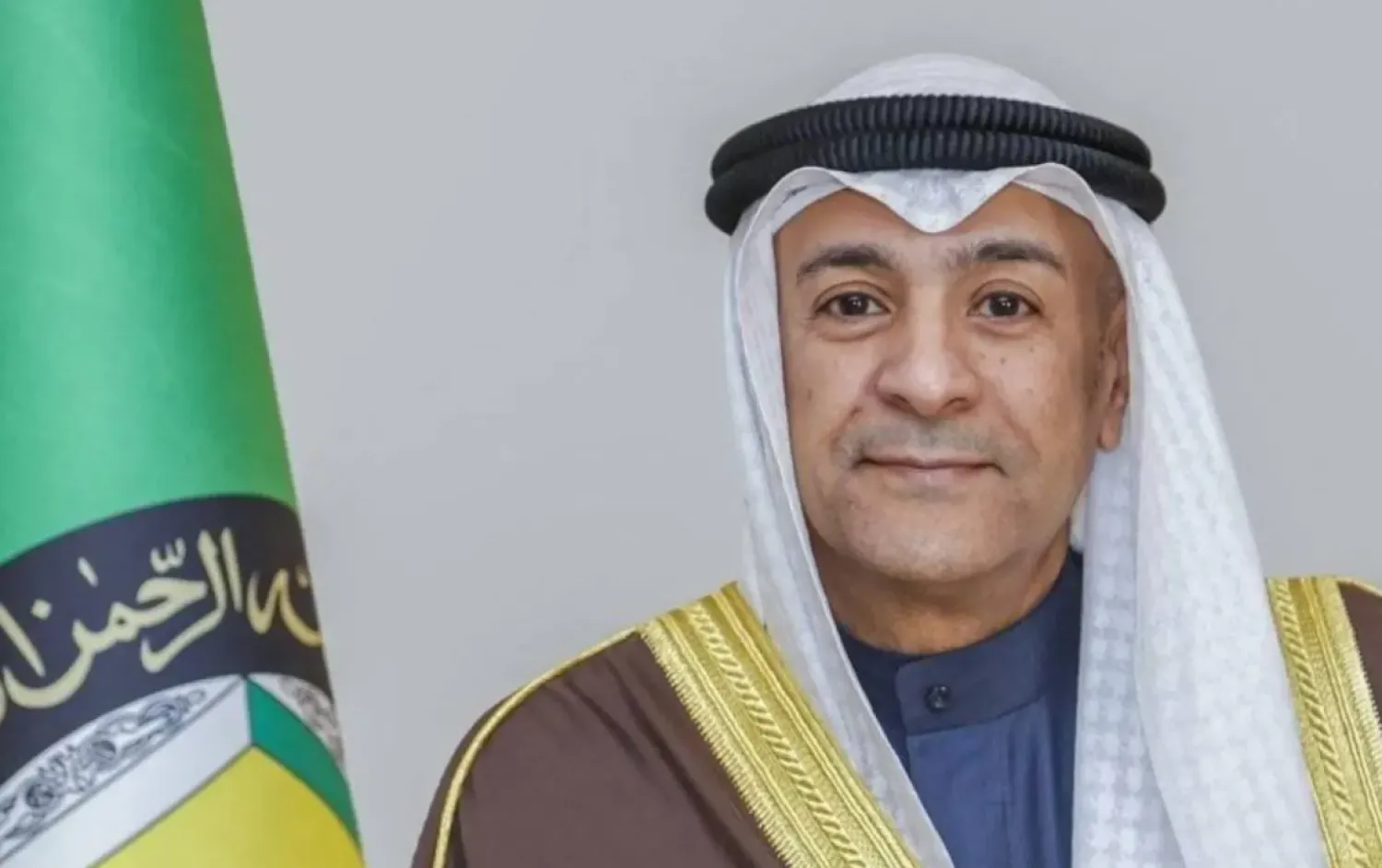On September 23, 2021, Saudi Arabia marks a new decade in its first centenary after its founder Abdulaziz bin Abdul Rahman Al Saud having unified the Kingdom under a profound legacy that spans over three centuries on the Arabian Peninsula.
Diriyah, with its traditional mud-brick architecture that runs along the Wadi Hanifah valley, has kept the secret to the Kingdom’s establishment in 1722. It cradles the fond memory of the birth of one of the most important nations in the Middle East and the whole world.
Weathering harsh storms and high winds, Diriyah has maintained its centrality to the political and economic scene in the Kingdom and the region over the last decades.
The first and second Saudi states fluctuated in their stability and expansion because of the geopolitical realities that the region was living in the 1800s.
It ended with the weakening of the Ottoman Empire, which was extending and folding its control from time to time on the outskirts of the Arabian Peninsula.
Before its final collapse, the Ottoman Empire mandated military campaigns that were bloody to kill the people and destroy their cities and spread fear and eliminate any signs of state and life.
With the decline of the influence of the Ottoman Empire and then its end, a stage ended, and another began.
1929 - Victory for the State
With the passage of time, minor historical events fade under shadows cast by significant happenings. Nevertheless, it is those minor instances that defined the building of a cohesive and modern state that proves its founder’s innovation and awareness.
Diversifying Foreign Relations
While Britain’s role as one of the major active powers that shaped political and geographical equations was waning, King Abdulaziz was vigilantly managing his young state’s affairs without rushing to expose it to dangers.
By September 23, 1932, Royal Decree No. 2716 was issued as an essential historical document in building the modern Saudi state.
Issued by the founder, the decree included seven articles. One of the articles stipulated renaming the Kingdom of Hejaz and Najd as the Kingdom of Saudi Arabia with its founder as “King.” That moment marked the launch of an important political entity that radiates its impact on the regional and global scenes.
2030 – A New Perspective
The successors of King Abdulaziz continued his march, betting on the pillars of stability and development, which gave the country decades of progress and prosperity. This approach has given the Kingdom cohesion in the face of a sea of challenges and difficulties that engulfed the region and shook the pillars of several states and the well-being of their peoples.
Today, King Salman bin Abdulaziz, the seventh king of Saudi Arabia, is nurturing a new stage in the country’s history under the leadership of Crown Prince Mohammad bin Salman.
Saudi Arabia’s leadership is bringing together the promises of the future and overcoming obstacles by returning to deeper roots in the oldest civilizations that were in the Arabian Peninsula.
It is relying on the geography that connects the past and the present and Saudi Arabia’s position as a vital hub linking three continents, and its major role in global history.









